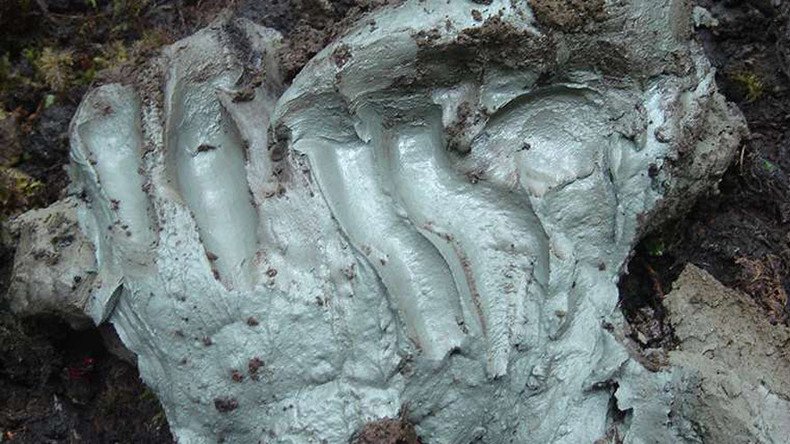Ancient clay used by aboriginal Canadians could fight antibiotic-resistant bacteria – study

Ancient mineral clay used by aboriginal people in Canada for centuries could be the key to fighting against antibiotic-resistant bacteria, according to a new study.
The study, conducted by researchers at the University of British Columbia (UBC) and published in the American Society for Microbiology's mBio journal on Tuesday, found that the clay killed 16 strains of ESKAPE bacteria samples from nearby hospitals and waste treatment facilities.
ESKAPE bacteria – which includes Enterococcus faecium, Staphylococcus aureus, Klebsiella pneumoniae,Acinetobacter baumannii, Pseudomonas aeruginosa, and Enterobacter species – causes the majority of infections in US hospitals, and is resistant to antibacterial drugs.
"Infections caused by ESKAPE bacteria are essentially untreatable and contribute to increasing mortality in hospitals," co-author Julian Davies said in a statement.
He noted that “after 50 years of overusing and misusing antibiotics, ancient medicinals and other natural mineral-based agents may provide new weapons in the battle against multi drug-resistant pathogens."
The clay comes from a 400-million-kg clay deposit located on Heiltsuk First Nation traditional territory, near Bella Bella on British Columbia's Central Coast. Found in a five-acre granite basin, the clay was formed near the end of the last Ice Age, approximately 10,000 years ago.
The First Nation people have been using the clay for its healing properties for centuries. The clay has reportedly been used to treat conditions including arthritis, neuritis, ulcerative colitis, duodenal ulcer and phlebitis, as well as skin irritations and burns.
Although no toxic side effects of using the clay have been reported, the researchers said the next step would be detailed clinical studies and toxicity testing.













